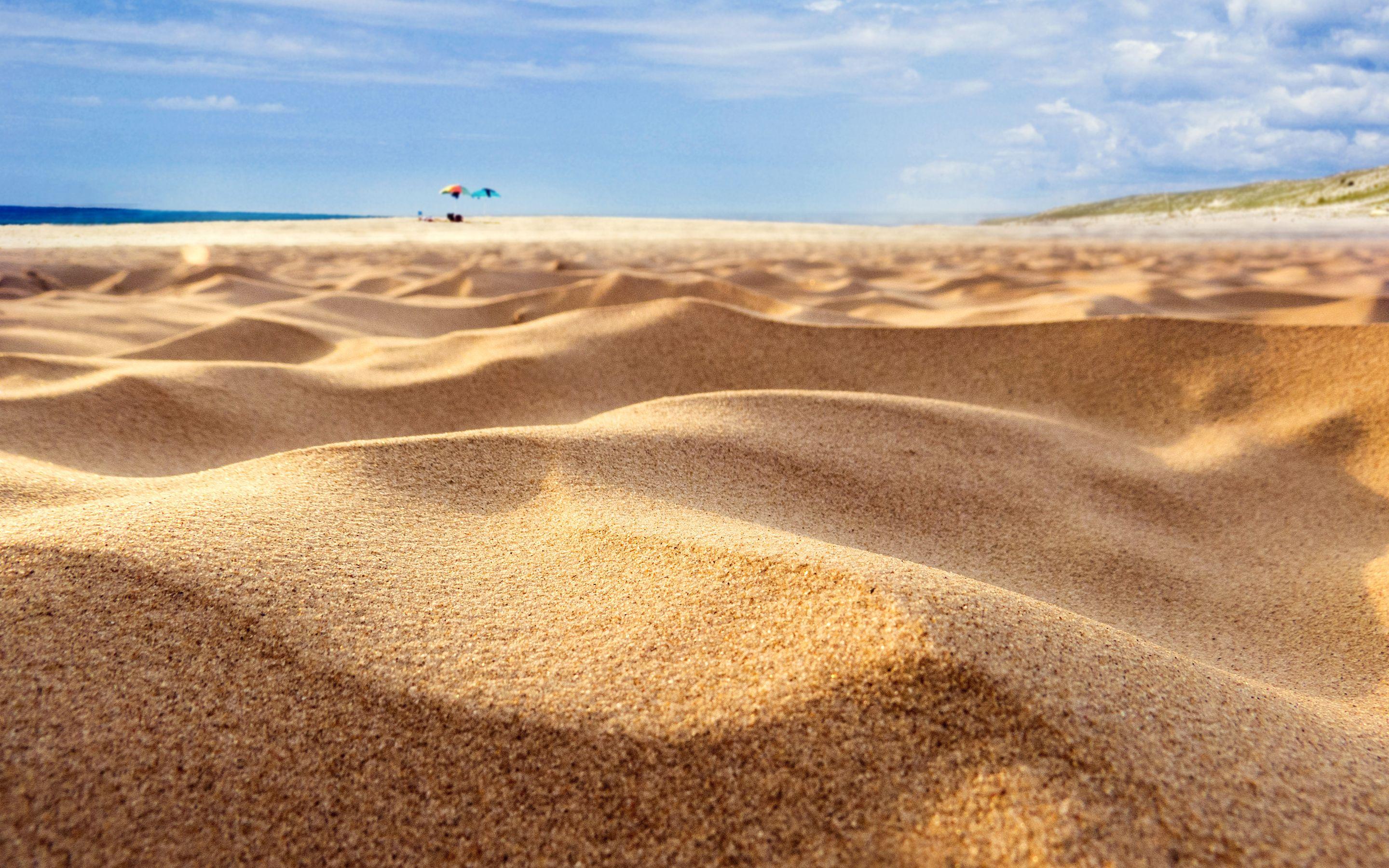Standard #200 sieve and a #10 sieve. Start pouring away to experience this special sand piling on your screen! Sand is a ubiquitous material found on beaches, deserts, and riverbeds. Sand grains may be mineral particles, rock fragments, or of biogenic origin. It consists of sand grains ranging in size from 1/16 to 2 mm (62. 5 to 2000 micrometers). Particles from 0. 0623 to 0. 004 millimeters are called silt, and there are larger particles range from 2 to 64 millimeters. Soil scientists classify grains between 0. 05 and 2 mm as sand, or between sieves #270 and #10. An individual such particle is called a sand grain. Sand can be formed by various geological processes, including weathering, erosion, marine sources, and volcanic sources. Sand has various compositions but is usually defined by its grain size. Material finer than sand is … · learn what sand is, its composition, where it comes from, its uses, and whether its a renewable resource. It is a granular material composed of rock fragments, minerals, and organic material. It is finer than gravel and coarser than silt ranging in size from 0. 06mm to 2mm. Sand is a granular material composed of finely divided mineral particles. · sand is a natural, unconsolidated granular material. · sand is particulate matter thats larger than silt and smaller than gravel. Sand grains are smaller than gravel and coarser than silt. Thisissand is a unique playground for creating and sharing amazing sandscapes on your computer or mobile device. Different specialists set different limits for sand: Geologists define sand as fine rock particles with a diameter ranging from 0. 063 to 2 millimeters. The meaning of sand is a loose granular material that results from the disintegration of rocks, consists of particles smaller than gravel but coarser than silt, and is used in mortar, glass, abrasives, and foundry molds. Sand can also refer to a textural class of soil or soil type; I. e. , a soil containing more than 85 percent sand-sized particles by mass. · sand, mineral, rock, or soil particles that range in diameter from 0. 02 to 2 mm (0. 0008–0. 08 inch). It is also commonly defined by size i. e. Engineers call sand anything between 0. 074 and 2 millimeter, or between a u. s. · sand can be defined as the mixture of small fine grains of granular materials and rock. Most of the rock-forming minerals that occur on the earth’s surface are found in sand, but only a limited number are common in this form. How to use sand in a sentence.
Sand Transformed A Must See For Art Lovers
Standard #200 sieve and a #10 sieve. Start pouring away to experience this special sand piling on your screen! Sand is a ubiquitous material found...




